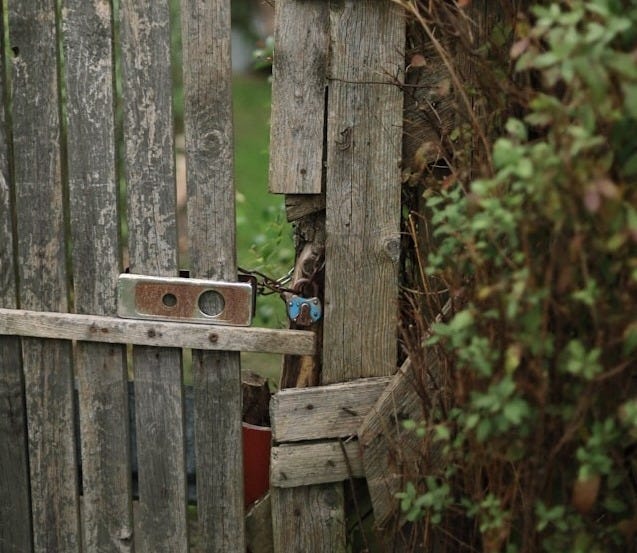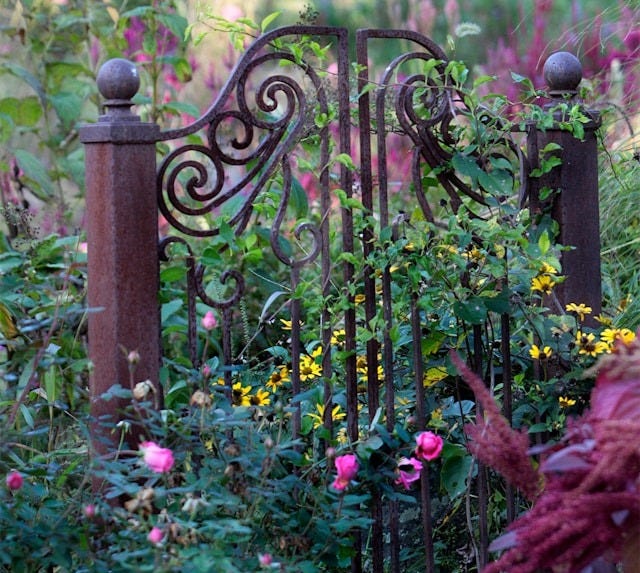Sometimes a poem wants to run. Not toward clarity, but into the thicket, where strangeness lives, where surprise takes root. This week’s Field Notes invites you to follow the poem off-trail, to let its wildness speak before the tidy version takes control.
Giving a poem space to go feral is a kind of radical permission we don’t often grant ourselves—but it’s where the work gets interesting.
#Field Notes
Dear Writers,
Lately I’ve been thinking about what happens when we stop trying to manage the poem—when we loosen our grip on its meaning, its shape, even its purpose. In a world that rewards clarity and control, it can feel risky to let a poem stay wild, unresolved, or strange.
“In Wildness is the preservation of the World.” Henry David Thoreau
But there’s something deeply alive in the work that resists taming. A poem that wanders, that follows instinct rather than outline, often brings us closer to what we didn’t know we were trying to say.
In ecology, rewilding refers to the process of letting a landscape return to its natural state—removing fences, restoring predators, allowing what once was controlled to grow untamed. It’s not about chaos, exactly, but about trusting the intelligence of the wild.
Letting the Poem Go Feral
What if we approach poems this way? Instead of over-trimming a draft or steering it too early toward sense, we might step back and let the language sprawl or bloom in unexpected directions. Rewilding the poem means allowing mystery, dissonance, and instinct back into the lines and seeing what survives when we stop mowing it down. Sometimes a poem knows more than we do. Sometimes its meaning isn’t the point. Its pulse is.
How We Domesticate Poems
We domesticate poems when we rush them toward clarity, strip away their strangeness, or revise them into politeness. We cut the lines that don’t immediately make sense. We tame wild images, soften contradictions, and smooth out the language until it behaves. Often, we’re doing this to protect the reader, or ourselves, from discomfort or ambiguity. But in doing so, we risk losing the poem’s original intensity, its raw intelligence. What if the wilderness is where the real voice lives?
“If you have any idea for a poem, an exact grid of intent, you are on the wrong path, a dead-end alley, at the top of a cliff you haven't even climbed.”
Mary Ruefle, Madness, Rack, and Honey
What we call “refining” is sometimes just a slow erasure of the very thing that made the poem necessary.
Diane Seuss resists this kind of taming. In "Still Life with Two Dead Peacocks and a Girl," the poem refuses to sit still, even as it centers on the stillness of death and art. It rambles, ricochets, interrupts itself. Seuss’ language is lush, overgrown, a bramble of art history, memory, color, and rot. Excess is the point—unfiltered perception, the chaos of grief and looking. Seuss doesn’t domesticate her subject; she lets it loose. The poem teaches us that control isn’t the only way to make meaning. Sometimes, it’s the thing we have to unlearn.
Rewilding: A Practice
What follows is for paid subscribers; the full multi-layered prompt, poet and poetic examples, and additional field notes will help you deepen your poems. If you're ready to take your writing further, consider becoming a paid subscriber.
Keep reading with a 7-day free trial
Subscribe to 10 poetry notebooks to keep reading this post and get 7 days of free access to the full post archives.



